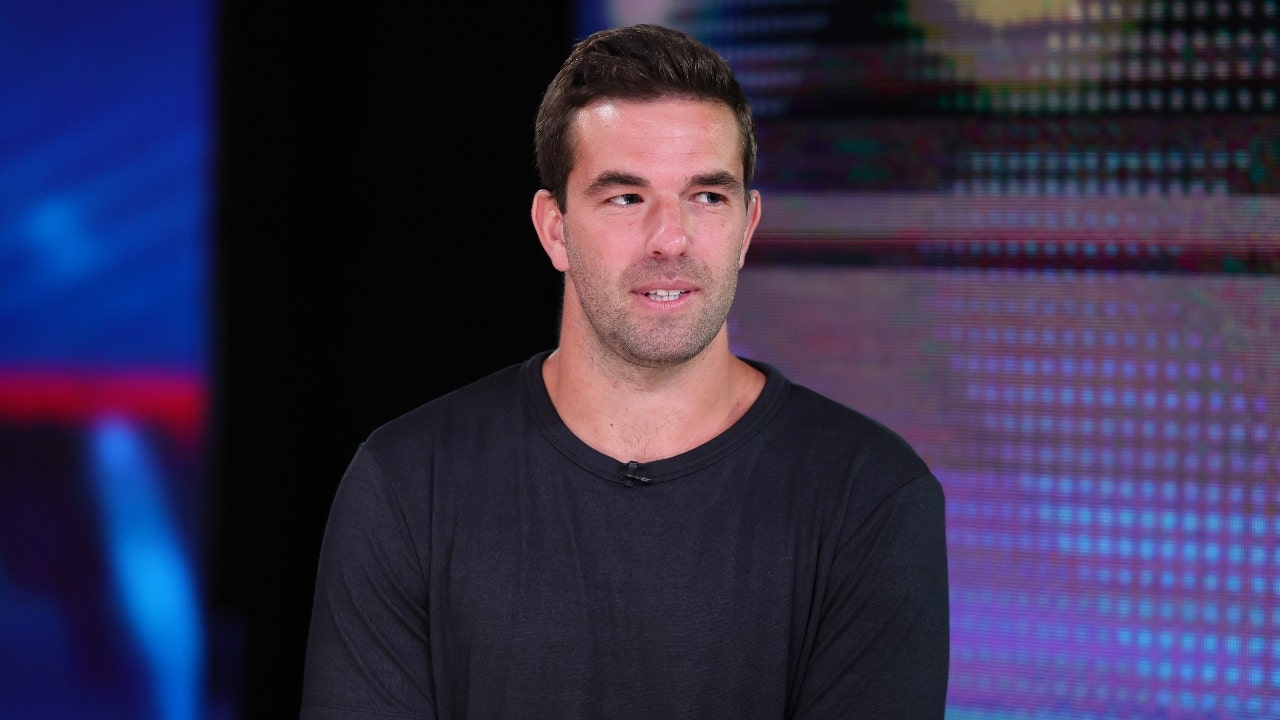WASHINGTON — The Interior Department is helping to increase oil production in the newly renamed Gulf of America by 100,000 barrels per day under a new policy following President Trump’s executive order aimed at “Unleashing American Energy,” The Post can reveal.
Interior Secretary Doug Burgum announced that all offshore oil drilling in the Gulf will now be able to tap multiple reservoirs at the same time — and at far higher pressure levels than previously allowed — to immediately boost output by around 10%.
The department cited a September 2023 study from the University of Texas, which found that over the next 30 years, up to 61% more oil can be produced than current levels.
“This is a monumental milestone in achieving American energy dominance,” Burgum said in a statement.
“We’re delivering more American energy, more efficiently, and with fewer regulatory roadblocks. That means lower costs, more jobs, and greater security for American families and businesses as President Trump promised.”
Former President Joe Biden tried to kneecap the incoming administration by banning new offshore oil and gas drilling along most of America’s coast weeks before Trump returned to the White House — but the 47th president reversed that in a Day One executive rescission.
“Climate extremism has exploded inflation and overburdened businesses with regulation,” Trump said in his official pronouncement reversing Biden’s policy, which made the “East coast, the eastern Gulf of Mexico, the Pacific off the coasts of Washington, Oregon, and California, and additional portions of the Northern Bering Sea in Alaska” off-limits to energy exploration.
Trump then signed another order declaring a national energy emergency, removing federal regulations that could “burden” domestic energy production.
Now, through the Interior Department’s approval of a process known as “downhole commingling,” the number of oil reservoirs tapped concurrently by drillers will increase and the permitted pressure level of production will rise to 1500 psi from the earlier 200.
Key offshore oil and gas industry leaders suggested the technical changes, per the department’s press release.
Previously, the federal government had relied on a 2010 study to set oil production and pressure levels.
“This is a major win for domestic energy,” said Kenneth Stevens, principal deputy director of the Bureau of Safety and Environmental Enforcement.
“Thanks to the tireless work of our technical experts and our industry partners, this advancement enables increased recovery from existing wells, reducing the cost per barrel and strengthening our nation’s energy independence.”
Trump’s Day One orders on energy were aimed at tackling cumulative inflation that skyrocketed to 22% under Biden.
“We’re going to make a lot of money from energy. We have more than anybody else,” he said when signing the actions Jan. 20.
Other executive actions taken that day included renaming the Gulf of Mexico to the Gulf of America — and restoring the name of Mount McKinley in Alaska, the highest peak in North America.
Read the full article here
















